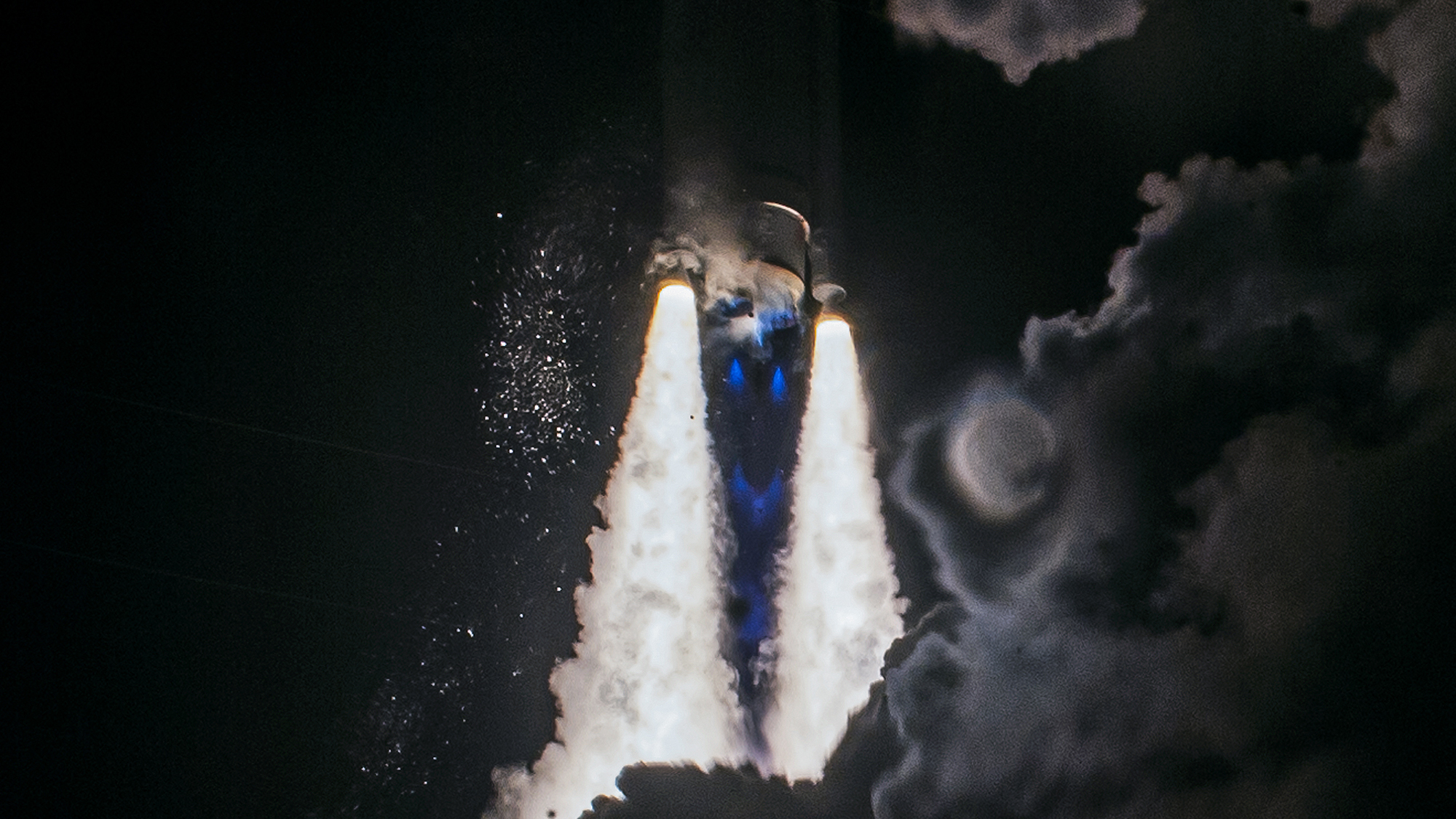

On January 8 at 2:18 a.m. local time, the United Launch Alliance’s (ULA) new Vulcan Centaur rocket successfully launched from Cape Canaveral Space Force Station in Florida. The rocket separated from the lander after about an hour and sent Peregrine Mission One into space.
Several hours after the launch, the company who built the Peregrine lander announced that it had experienced an “anomaly” that stopped Peregrine from pointing its solar panels stably at the sun. In a press release, Astrobotic stated that it has engineers working on this issue, but without the spacecraft’s ability to charge its battery, the plan to for a soft landing on the moon is in jeopardy.
At 1:03 p.m. EST Astrobotic issued an update saying that the mission will likely not go on as planned, as the lunar lander is experiencing a failure within its propulsion system.
Later, Astrobotic announced that Peregrine is suffering a critical fuel leak and has less than two days of fuel left. An image taken by the lander in space showed damaged insulation on the spacecraft, which indicates a leak in Peregrine’s propulsion system.
“An ongoing propellant leak is causing the spacecraft’s Attitude Control System (ACS) thrusters to operate well beyond their expected service life cycles to keep the lander from an uncontrollable tumble,” the company wrote.
On Tuesday January 9, Astrobiotic announced that it would be abandoning its attempt for a soft landing on the moon. The lunar lander was slated to attempt to make the first soft landing on the moon by the United States since 1972. Peregrine’s mission is to study the lunar surface ahead of future human missions to the moon.
The launch also began a new chapter in the age of private space exploration. The United Launch Alliance is a joint venture between Boeing and Lockheed Martin, with the Vulcan rocket designed to replace two older rockets and compete with SpaceX. The private company owned by Elon Musk sent close to 100 rockets into orbit in 2023 alone. The United States Space Force is also counting on the Vulcan Centaur rocket to launch spy satellites and other spacecraft that Space Force believes are in the interest of national security.
The Peregrine lander was built by Pittsburgh-based space robotics firm Astrobotic and aimed to become the first lunar lander constructed by a private company. This is also the first mission to fly under NASA’s Commercial Lunar Payload Services (CLPS) initiative, where NASA pays private companies to send scientific equipment to the moon.

“It’s a dream … For 16 years we’ve been pushing for this moment today,” said Astrobotic CEO John Thornton during a webcast of the launch according to CNN. “And along the way, we had a lot of hard challenges that we had to overcome and a lot of people doubted us along the way. But our team and the people that supported us believed in the mission, and they created this beautiful moment that we’re seeing today.”
Peregrine has a total of 20 payloads on board, five for NASA and 15 others. They include five small moon rovers and the first Latin American scientific instruments attempting to reach the lunar surface. If successful, the technology on board will measure properties including radiation levels, magnetic field, ice and water on the surface and subsurface, and a layer of gas called the exosphere. A better understanding of the exosphere and the moon’s surface is expected to help minimize risks when humans return to its surface, as early as 2025.
Several non-scientific payloads are aboard as well, including a lunar dream capsule with over 180,000 messages from children around the world, a chunk of Mount Everest, and a physical coin containing one bitcoin.
Controversially, Peregrine is carrying human remains on behalf of commercial space burial companies Celestis and Elysium Space. Celestis offers to carry ashes to the moon for prices starting at more than $10,000. The 265 capsules include human remains from Star Trek creator Gene Roddenberry and original cast members and DNA samples from three former US presidents–George Washington, Dwight Eisenhower, and John F. Kennedy. Bringing human remains to the moon is strongly opposed by the Navajo Nation, as allowing human remains to touch the lunar surface would be desecration of a body that many tribes consider sacred. In a statement on January 4, Navajo Nation president Buu Nygren said that NASA or other government officials should address the tribe’s concerns ahead of the launch.
“The moon holds a sacred place in Navajo cosmology,” Nygren wrote. “The suggestion of transforming it into a resting place for human remains is deeply disturbing and unacceptable to our people and many other tribal nations.”
[Related: The moon is 40 million years older than we thought, according to crystals collected by Apollo astronauts.]
According to The New York Times, NASA officials said in a news conference that they were not in charge of this mission and do not have a direct say on the payloads that were sold on Peregrine. ”There’s an intergovernmental meeting being set up with the Navajo Nation that NASA will support,” deputy associate administrator for exploration at NASA Joel Kearns said on January 4.
Peregrine 1 was originally scheduled to touch down on the surface of the moon on February 23, near Sinus Viscositatis–or the Bay of Stickiness. This area is named for rock domes that were potentially created by viscous lava.
Update January 9, 2:39PM: Additional information from the company about the technical problems has been added.